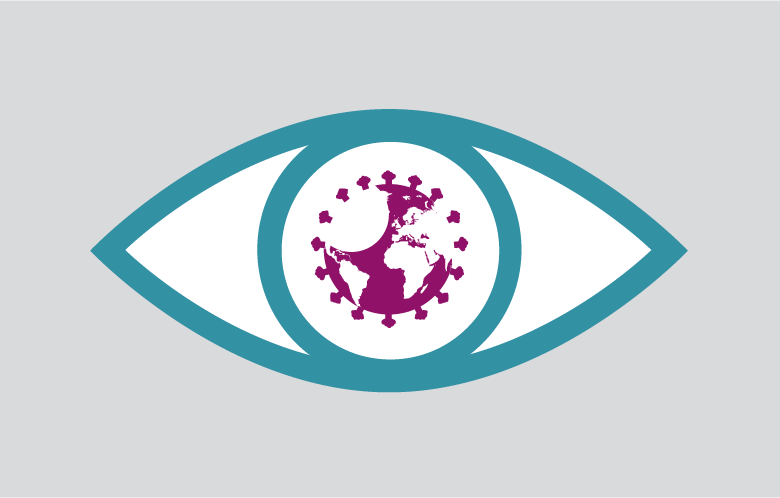For many reasons, COVID-19 has overtaken a wide variety of other infectious diseases. In some instances, resources are no longer available for identifying and treating other conditions. In other cases, the incidence of these diseases has actually decreased.
Examples include travel-related infections and influenza — because of drastic reductions in international travel and the wide use of social distancing and masks, respectively. Assuming that this pandemic will resolve over the next several months, one or more from the following list will re-emerge to threaten humanity:
- Coronavirus "mutants"
- Influenza
- Malaria
- Tuberculosis
- Antibiotic-resistant bacterial infection
As of March 2021, at least five strains of SARS-CoV-2 have emerged in multiple countries. Some of these "mutants" have been found to spread more easily through populations, and at least one exhibits higher virulence and/or resistance to antibodies acquired through disease and vaccination. Experts in public health have already proposed a scenario in which we will all require periodic vaccine boosters directed against these new viral strains.
For at least 200 years, pandemics of Influenza have wreaked havoc on humanity. Advances in epidemiology, vaccinology, and antiviral-agent development could offer some hope when the next such outbreak arises.
Malaria continues to be one of the major infectious illnesses in much of the world. Although the disease has been eradicated from several countries in recent years, there is much concern regarding spread into other regions related to global warming (which favors mosquito vectors), the continued lack of an effective vaccine, and the advent of high levels of resistance to the drugs used in treatment.

Tuberculosis continues to affect large numbers of humans in all countries. Increased incidence is associated with crowding and poverty, and, as with malaria, some emerging strains of the tubercle bacillus that are resistant to virtually all antibiotic agents.

Drug-resistant tuberculosis is but one in a growing list of bacterial diseases which can no longer be treated with available antibiotics. Surgery, chemotherapy, and several other complex techniques developed during the twentieth century can only be used if the patient will not succumb to infection by a highly resistant bacterium.
A free global outbreaks map for the current year can be found here.
The content for this post was created using GIDEON (Global Infectious Disease and Epidemiology Network), company committed to advancing the global effort against infection. GIDEON follows infectious diseases in every country in the world and is updated daily.



